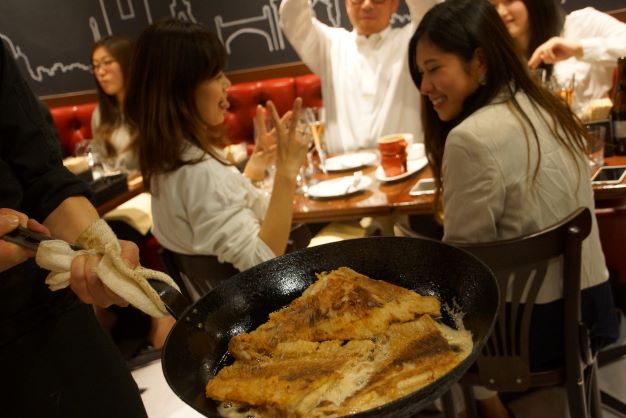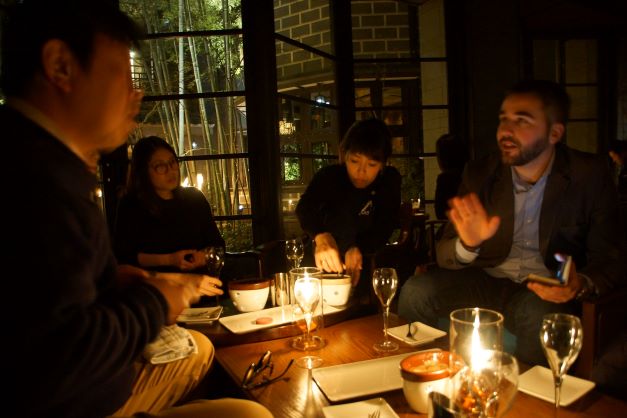We’ve posted a lot about food recently – we commented on Noma bringing formal kaiseki to its place of birth in Kyoto; we marveled at the marble in Kobe beef; and we noted that there are myriad options for vegetarian and vegan travellers to Japan.
Now we think it is high time to talk about some language about food, and share what is, probably, one of the most frequently used Japanese words: “oishii” (pronounced, oy-shi).
If you look in the dictionary, the translation will be given as “delicious”, and other words complimenting a food’s taste. Indeed, the Japanese characters used to write “oishii” can be translated literally as “beautiful flavour”.
When you share a meal with Japanese people, you are more than likely to hear a lot of conversation and comment that includes “oishii”. Therefore, if someone has bought or cooked a meal for you, it is most appropriate to use the single word, oishii, to show your appreciation.
However, after decades living and working in Japan, we think it is a disservice to the word to restrict the use of “oishii” to a celebration of taste and texture only. The word has come to encompass so much more. When a Japanese person prepares a meal (either one that they cook or buy at a restaurant) they are thinking about the whole experience. Much more than the sensory experience on the palate. In fact, the time of day, the setting, the assembled guests, the tableware, the arrangement on the table, the ingredients, the cooking, … each element of the meal experience combine and mingle to create the sensation of “oishii”.
Oishii is an extremely difficult word to define succinctly in English, but perhaps rather than just signifying “tasty”, its use may better express overall enjoyment of the food and experience. Most travellers to Japan will have many opportunities to use the word. Best of all, liberal deployment of “oishii” will have a deep and positive impact on the people receiving your compliments.






